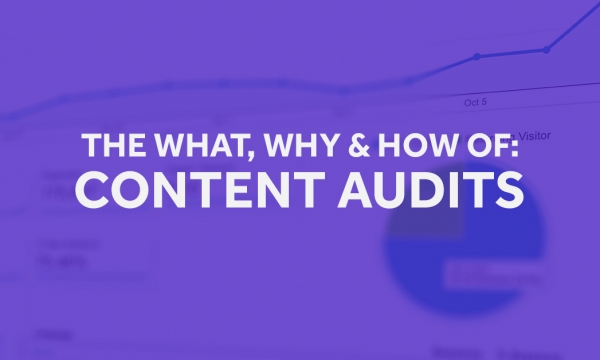
The 2014 World Cup has already been branded the “digital World Cup” in marketing circles, with events in Brazil likely to serve up a host of new opportunities for brands. But just what will these opportunities be, and how can brands exploit them? We take a look at five key developments that we expect to see in 2014.
Online and mobile become critical for bookmakers

For bookmakers, this first ‘digital’ World Cup is huge, with record levels of wagers placed on this summer’s festival of football.
William Hill has already forecast revenues of more than £200m from this year’s World Cup in Brazil, double its revenues for the 2010 tournament in South Africa – with mobile and in-play driving the growth. The bookmaker has also claimed that it will make more money online than in their high street shops for the first time in its history during this tournament.
Such stats reflect the findings of our International Online Gambling Intelligence Report, released earlier this year, which reported a 35% increase in football betting revenue across the online sportsbook sector between 2010 and 2013, whilst horse racing remained stagnant and over-the-counter (OTC) revenues fell by 2% in the same period. The same report revealed a 216% increase in betting via smartphone between 2011 and 2013.
Responsive design also becomes more critical

To engage with the right audiences at the right time, you have to be able to serve content to them no matter where they are. That’s where responsive design becomes so critical.
At social events, such as the World Cup, it is even more vital. In 2010, Google reported that around 18% of football-related searches during the World Cup final were done on a mobile device. For the 2014 UEFA Champions League final, that same figure was 63%.
Your audience could be watching the World Cup anywhere – at home, at a friend’s house, in the pub, at a fan park or at the office – and brands need to be able to engage with them at any of these locations. You need to make it your content easy to access, easy to consume and easy to share.
FIFA will still struggle to reign in the marketers

The topic of ambush marketing and brand protection has plagued FIFA for the last three tournaments. We first saw attempts to clamp down on the activity in Germany 2006, when a group of Netherlands supporters were forced to remove their trousers as they featured the logo of a beer brand.
In 2006, ambush marketing around the World Cup stepped up a gear, as FIFA pulled out even more rules and regulations to clamp down on unauthorised association with the tournament. It didn’t work. In fact, it resulted in a low-cost airline giving a free flight to a dog named Sepp Blatter.
FIFA has a list of protected terms to avoid any unauthorised association with the tournament, much like the International Olympic Committee (IOC) did to prevent similar activity at London 2012. FIFA also has Google on side, with the search giant refusing sponsored ads for World Cup related terms (except from official FIFA sponsors).
Unfortunately for FIFA, the creativity of marketing teams knows no bounds and the brands are always several steps ahead of the game. We’re expecting plenty of examples throughout the tournament, even if activity thus far has remained relatively low-key.
The rise of brand newsrooms

For big brands with an interest in the World Cup, brand newsrooms will be critical to their social engagement strategy. With all eyes on Brazil, brands have an opportunity to own the news and engage their audiences first, before anyone else.
This is particularly critical for brands that are officially associated with the World Cup and those brands with ambassadors playing in Brazil, creating stories that people will want to talk about at length. Digital newsrooms allow brands to capitalise, own and shape the nature of those very conversations.
We’re already seeing big brands move towards this model, with the famous Oreo example serving as a key indicator of the importance of brands being constantly ‘switched on’ to the events that their audiences are engaged with. Those brands that really embrace this concept could really seize upon the stories that are created this summer.
Social media management is the latest challenge for team managers

Throw professional footballers and social media together, and the results can be somewhat unpredictable. Cases where players have tweeted something that they later regretted are well documented, but it wasn’t until 2012 that the Premier League issued its first official social media guidelines for clubs.
Social media management is undoubtedly a key challenge for teams to deal with, and the PR departments for all 32 teams will be keeping a close eye on the social channels for their players, but it is a fine balance.
In 2010, the then England team management enforced a complete lock-down on social media – a move that frustrated many supporters, apparently frustrated the players and did little for the FA’s attempts to make the England team seem more accessible and connected with the fans. However, recent history has also provided lessons on how much passions can get in the way of common sense and the Twittersphere.
Close management and training is undoubtedly the solution to this big challenge. How this is achieved across the respective teams, and how much teams allow their players to engage with supporters over the next four weeks, will be something to watch with interest.


